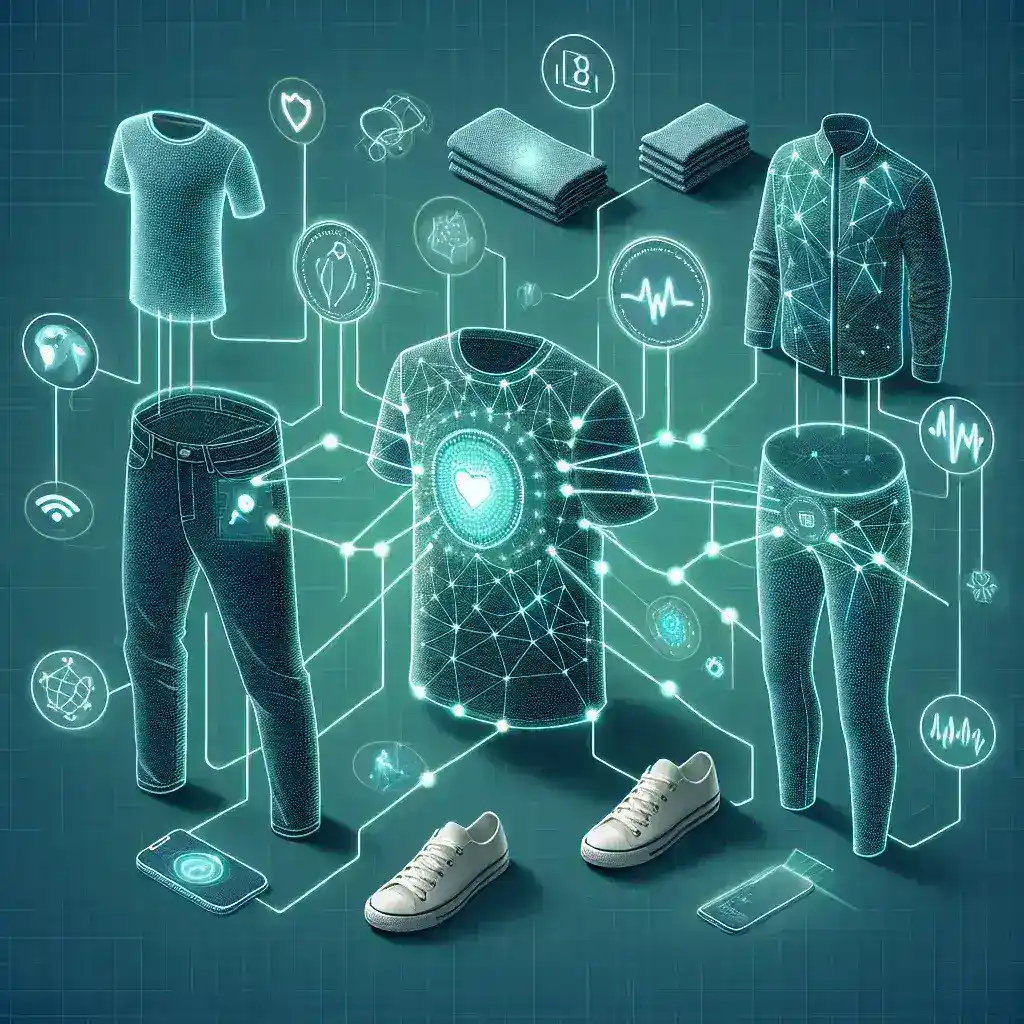Introduction
In an era where technology continues to evolve, the concept of smart fabric technology has emerged as a game changer in the field of healthcare. This innovative approach allows for the monitoring of vital signs through everyday clothing, offering a seamless way to keep track of health without the need for cumbersome devices. In this article, we will delve into the intricacies of smart fabric technology, its historical context, current applications, future predictions, and much more.
The Evolution of Smart Fabric Technology
Smart fabrics, also known as e-textiles, have a rich history that dates back several decades. Initially developed for military applications and sports performance, the technology has evolved to integrate sensors that can monitor various physiological parameters. These fabrics are designed to be both functional and comfortable, ensuring that users can maintain their daily routines without interruption.
Historical Context
The first attempts at developing smart textiles can be traced back to the 1960s and 1970s, focusing primarily on integrating basic electronic components into fabrics. However, these early efforts were limited by technological constraints. It wasn’t until the late 20th century that advancements in materials science and microelectronics paved the way for more sophisticated applications.
Key Milestones:
- 1960s-1970s: Initial research into integrating electronics with textiles.
- 1990s: Development of conductive fibers and the introduction of basic health monitoring applications.
- 2000s: Growth of wearable technology fuels innovation in smart fabrics.
- 2010s-2020s: Widespread adoption of smart fabric technology in healthcare, fitness, and everyday wear.
How Smart Fabric Technology Works
Smart fabrics incorporate various sensors and conductive materials that can detect physiological signals. These fabrics are often embedded with tiny electrodes that measure heart rate, body temperature, respiratory rate, and even electrocardiogram (ECG) readings.
Components of Smart Fabrics
- Conductive Fibers: These fibers conduct electricity and are essential for transmitting signals from sensors.
- Sensors: Miniaturized devices that collect data on vital signs.
- Microcontrollers: Small processors that analyze the data collected by sensors.
- Wireless Technology: Allows for real-time data transmission to smartphones or other devices.
Data Monitoring and Transmission
The collected data is transmitted wirelessly, often to a mobile app or cloud service, where it can be monitored by users or healthcare professionals. This system allows for continuous health tracking, offering insights into an individual’s wellbeing.
Applications of Smart Fabric Technology
Smart fabric technology is revolutionizing various sectors, particularly healthcare and fitness. Its ability to monitor vital signs seamlessly has made it an attractive option for both consumers and professionals.
Healthcare
In healthcare, smart fabrics can play a pivotal role in patient monitoring. Hospitals can use smart clothing to keep track of patients’ vital signs without the need for intrusive monitoring devices.
Benefits in Healthcare:
- Continuous Monitoring: Allowing for real-time data collection.
- Comfort: Patients can wear regular clothing while being monitored.
- Data Accuracy: Enhanced data collection leads to better patient outcomes.
Fitness and Sports
Fitness enthusiasts are also benefiting from smart fabric technology. Athletic wear embedded with sensors can provide real-time feedback on performance metrics, helping athletes optimize their workouts.
Benefits in Fitness:
- Performance Tracking: Allows athletes to monitor heart rate and exertion levels.
- Injury Prevention: Early detection of potential health issues.
- Personalized Training: Data-driven insights for tailored workout regimes.
Future Predictions for Smart Fabric Technology
The future of smart fabric technology is promising, with ongoing research and development aimed at enhancing its capabilities. Experts predict that smart fabrics will become more integrated with artificial intelligence, allowing for advanced data analysis and predictive health monitoring.
Trends to Watch:
- Integration with AI: AI will enhance data interpretation, providing actionable insights.
- Increased Adoption: More industries will incorporate smart fabrics into their products.
- Sustainability: A focus on eco-friendly materials will drive innovation.
Challenges and Limitations
Despite its advantages, smart fabric technology faces challenges that must be addressed for broader adoption. Concerns regarding data privacy, accuracy, and durability of the fabrics need to be managed.
Key Challenges:
- Data Privacy: Ensuring user data is secure and confidential.
- Durability: Maintaining the performance of fabrics after multiple washes.
- Cost: High production costs may limit accessibility for some consumers.
Real-Life Examples
Several companies are at the forefront of smart fabric technology, producing innovative products that are changing the landscape of health and fitness.
Leading Innovators:
- Hexoskin: A pioneer in smart clothing for health monitoring.
- OMsignal: Offers smart sports bras and shirts that track vital signs.
- Wearable X: Introduces smart yoga pants that provide feedback on posture.
Cultural Relevance and Impact
As society becomes more health-conscious, the relevance of smart fabric technology cannot be overstated. The integration of health monitoring into everyday clothing aligns with the growing trend of preventive healthcare, empowering individuals to take charge of their health.
Conclusion
Smart fabric technology represents a significant advancement in the way we monitor our health. By embedding sensors in everyday clothing, individuals can seamlessly track their vital signs, leading to improved health management. As technology continues to evolve, we can expect smart fabrics to play an increasingly important role in various industries, enhancing our daily lives and wellbeing.







